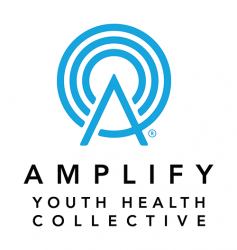In this interactive training, participants will gain a better understanding of the intersection of sexual violence and incidence and prevalence of STIs/HIV while identifying (and challenging) their own values and beliefs around rape culture. The training will include lecture, facilitated discussion, and engaging hands-on activities for various professionals that work with youth.
In this training, participants will:
- Gain an understanding of the difference between rape culture and consent culture.
- Review relevant and current data on sexual violence and STIs.
- Examine the connection between sexual violence and STIs.
- Reframe curriculum and other program content to challenge rape culture and promote consent culture.


